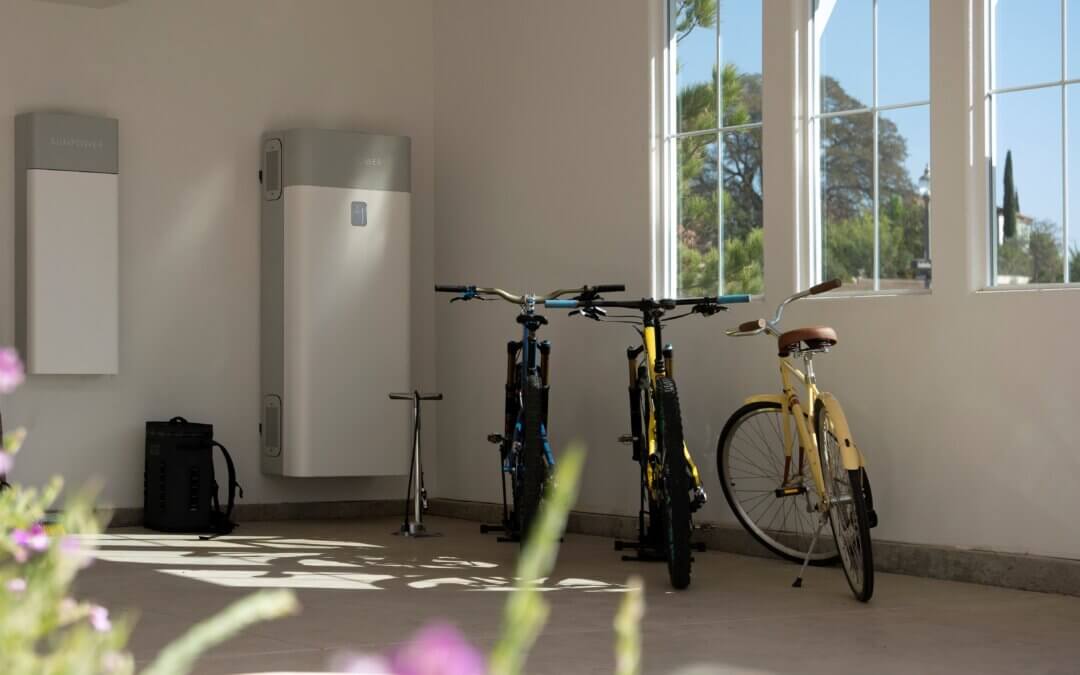Have you just moved into a new house and don’t have any previous electricity bills to use as a reference point? Calculating your energy use might seem like a daunting task, but it’s actually quite straightforward.
The first step is to determine the square footage of your home. The average kWh per month per square foot is 0.5 kWh per square foot. So, for example, if you have a 2000-square-foot house, your average monthly kWh usage is likely to be around 1,000 kWh.
It’s important to note that this is just an estimate and your actual energy usage could vary depending on a variety of factors such as the number of people in your home, the age and efficiency of your appliances, and your heating and cooling habits.
If you have any electric vehicles in your household, it’s also important to factor in their energy usage. For example, an average Tesla electric car uses around 34 kWh of electricity per 100 miles. That’s 34,000 kWh per 100,000 miles or up to 170,000 kWh throughout the car’s lifespan.
To calculate the daily energy usage of an electric car, let’s consider a Tesla Model 3 with a 70 kWh battery. This car requires approximately 9.3 kWh per day for the average American driving 1,123 miles per month (which works out to be around 37 miles per day).
Once you have estimated your monthly energy usage, you can use this information to compare energy plans and find the best deals for your needs. Many energy providers offer online calculators that can help you estimate your energy usage and compare plans.
It’s also worth considering ways to reduce your energy usages, such as using energy-efficient appliances and lighting, turning off electronics when not in use, and adjusting your thermostat to save on heating and cooling costs
According to the U.S. Energy Information Administration (EIA), the average annual electricity consumption for a U.S. residential utility customer in 2020 was 9,305 kilowatt-hours (kWh), which translates to an average monthly usage of around 775 kWh. This varies depending on factors such as the size of the household, climate, and energy-efficient habits.
Interestingly, the EIA has reported a slight decrease in average residential electricity consumption over the past few years. In 2019, the average annual consumption was 9,475 kWh, which was a 1.7% decrease from the previous year. This can be attributed to advancements in energy-efficient technology and increased awareness of sustainable living practices.
Looking to the future, there is a growing trend toward renewable energy sources and smart home technology, which is expected to have a significant impact on household energy usage. A report by the National Renewable Energy Laboratory (NREL) projects that residential electricity demand will decrease by 5% to 15% by 2050 due to the adoption of rooftop solar panels and energy-efficient appliances.
Electric Vehicle Outlook
The continued growth of electric vehicles (EVs) is expected to increase household energy usage. However, advancements in battery technology and charging infrastructure are expected to offset this by making EVs more efficient and reducing the overall energy demand.
Overall, while household electricity usage may vary depending on various factors, the trend toward energy efficiency and renewable energy sources is expected to continue to shape energy consumption patterns in the coming years.
In conclusion, calculating your energy usage when you don’t have a previous electricity bill may seem like a daunting task, but it’s actually quite straightforward. By estimating the square footage of your home and factoring in any electric vehicles, you can get a good idea of your monthly energy usage and start finding the best energy plan for your needs. Remember to also consider ways to reduce your energy usage and save on costs in the long run.


